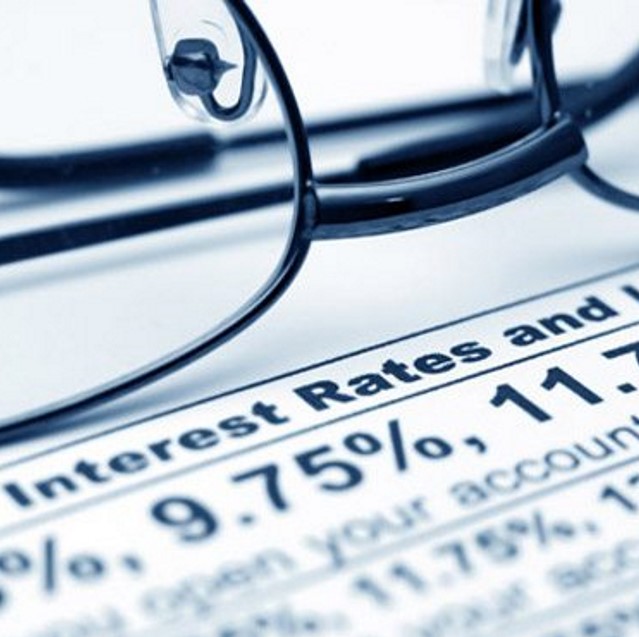
The U.S. economy has gone through a dramatic shift over the last four decades and one trend stands out above the rest, a strong and steady decline in interest rates. The 10-year Treasury yield went from over 15% in 1981 to an all-time low of .52% in August of 2020 (see chart below). Over the same period, the federal funds rate has fallen from 20% to nearly zero and the 30-year fixed mortgage rate has dropped from over 18% to below 3%.
 Source: Board of Governors of the Federal Reserve System (US), 10-Year Treasury Constant Maturity Rate [DGS10], retrieved from FRED, Federal Reserve Bank of St. Louis.
Source: Board of Governors of the Federal Reserve System (US), 10-Year Treasury Constant Maturity Rate [DGS10], retrieved from FRED, Federal Reserve Bank of St. Louis.
As we sit here today, the S&P 500 is trading near all-time highs and the median home price in the U.S. is the highest it has ever been. This might be hard to believe when we look back to March 23, 2020 when the S&P 500 had just dropped almost 34% in 30 days. But with the economic uncertainty that resulted from the COVID-19 pandemic came record stimulus from the U.S. Government and Federal Reserve, including significant bond purchases. This pushed up bond prices, leading to a significant decline in interest rates.
Since bottoming in the second half of 2020 the 10-year yield has since spiked to over 1.7%. This recent rise in rates is likely due to expectations of higher-than-expected economic growth, as some investors are worried that additional stimulus could jump start inflation. While not overly concerning in the short-term, a sustained rise in rates makes it more difficult to borrow, lend, and raise capital. This can create challenges for businesses to grow, invest, and meet their financial projections and for individuals who face increased borrowing costs and the potential for higher priced goods.
What does a sustained rise in interest rates mean for your investment portfolio? While we have seen a strong and steady decline in rates since 1981, there have been many short-term rising rate periods during this time. The table below shows how different asset classes have performed during various periods when the 10-year yield rose by more than 1%. The average length of the periods we examined was approximately 19 months, with an average increase in rates of about 2%.




